
Tennis elbow affects 1 to 3% of adults and is one of the most common causes of elbow pain (Tosti et al.). It has been associated with forceful or repetitive wrist movements. Microtears and a subsequent failed healing response leads to degenerative changes in the tendon, and tennis elbow is no longer considered an inflammatory process (Kamien).
Early on in the disease process, activity modification, nonsteroidal anti-inflammatory medications, and bracing maybe effective (Tosti et al.). In chronic cases, traditionally corticosteroid injections and surgery have been the treatment of choice.
Less invasive dry needling has demonstrated similar outcomes to surgery (Barnes et al.; Mattie et al.). Tenotomy using ultrasound guidance with the Tenex device has also been used in the treatment of chronic tennis elbow. The Tenex procedure disrupts the degenerated portions of the tendon, removes pathologic tendon and causes local bleeding that provoks a healing response.
In a retrospective study, Chalian et al. (2021) reported 3 years of data using Tenex for tennis elbow. The study examined the outcomes of 35 patients treated with Tenex. There were no complications, including no tendon ruptures, infections or bleeding. There were 4 patients that did not respond to Tenex and decided to pursue surgery. The remaining patients reported decreased pain and improved function after the Tenex tenotomy procedure and did not require further treatment. The patients reported the greatest improvement over the first year, but over an extended period of time patients reported continued improvement. The severity of tendinopathy and needle cutting time did not influence treatment response.
The authors concluded that Tenex tenotomy is indeed a viable and effective procedure for patients with tennis elbow regardless of the severity of the tendon pathology. The study also found that there was a correlation between the improvement in pain and function, and participation in physical therapy. The study shows a clear role for physical therapy in maximizing improvement after Tenex.
Adductor longus selective tenotomy is a modern surgical treatment for chronic groin pain that offers faster recovery and better outcomes than traditional full release surgery. The adductor longus, an inner thigh
Read MoreDiscover how ultrasound helps diagnose plantar fat pad atrophy, a leading cause of ball-of-foot pain. Learn about symptoms, thickness cutoffs, and why early detection matters for relief.
Read More